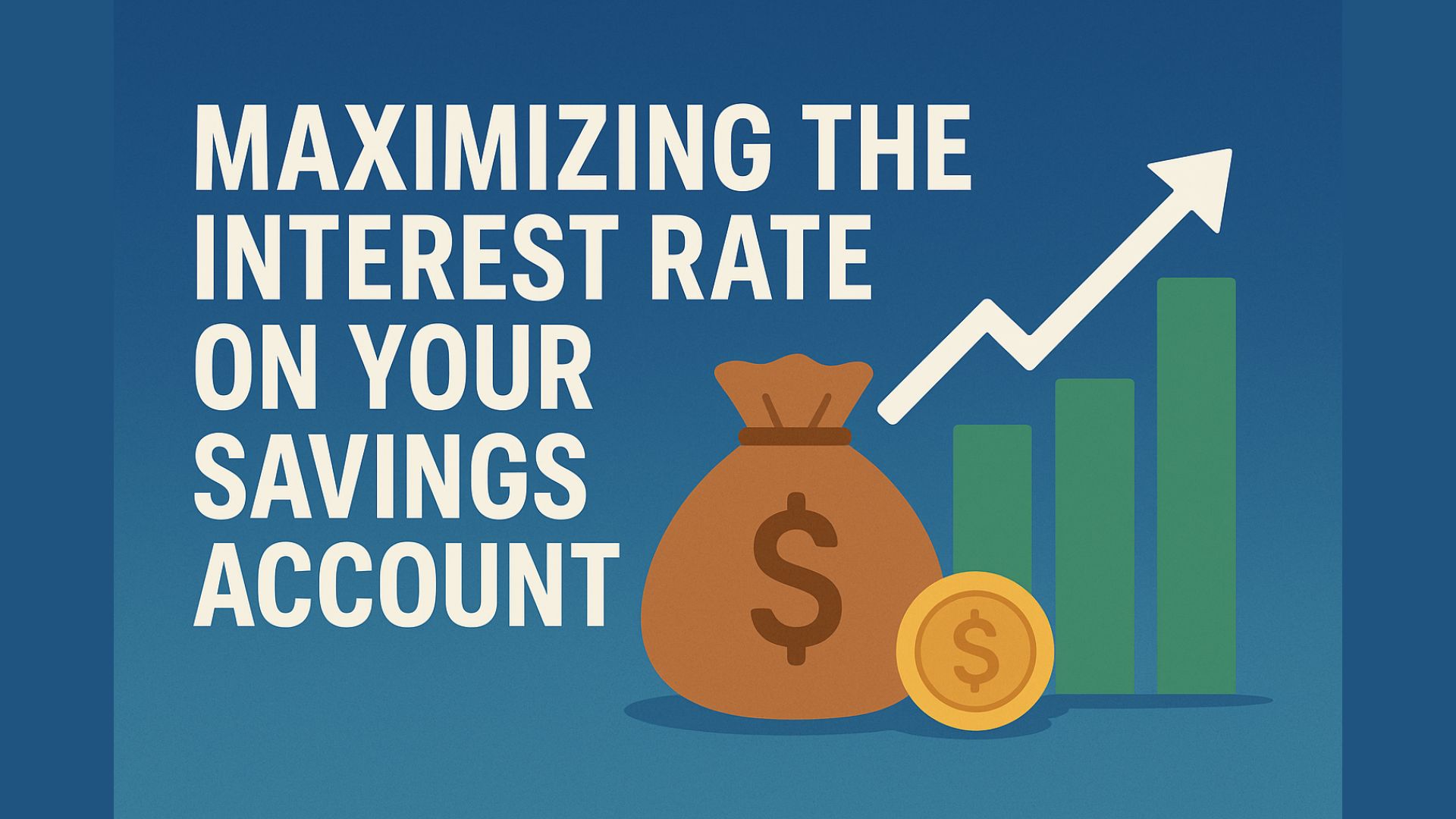© Reuters.
NEW YORK – The tech sector has demonstrated remarkable tenacity in 2023, rallying impressively despite the Federal Reserve’s significant interest rate increases. This year, the S&P 500’s Technology Select Sector SPDR (NYSEARCA:XLK) experienced a substantial 46.5% boost as of November 15, primarily driven by investor enthusiasm for artificial intelligence (AI).
The Federal Reserve has been on a campaign to tighten monetary policy, raising interest rates by a total of 525 basis points since March 2022. The current benchmark interest rate sits between 5.25% and 5.5%. Historically, such hikes tend to dampen growth in sectors like technology due to increased borrowing costs. However, tech stocks have shown a surprising ability to bounce back from periodic dips. This resilience is highlighted by the Nasdaq’s impressive year-to-year climb of 34.8%.
Major players in the tech industry, including Amazon.com (NASDAQ:), Apple (NASDAQ:), Microsoft (NASDAQ:), Tesla (NASDAQ:), and Alphabet (NASDAQ:), have played a pivotal role in the S&P 500’s overall rise of 17.3% year to date.
The momentum for tech stocks saw a resurgence in November following the Federal Reserve’s decision during its last FOMC meeting to maintain interest rates for the second time in a row.
Investors are now optimistic as expectations mount over cooling inflation, suggesting that the central bank may pivot away from its current hawkish stance and potentially start reducing interest rates in 2024. This anticipated shift is seen as beneficial for the tech sector.
In light of these developments, certain tech sector funds are gaining attention for their strong performance and investment potential. Funds such as the Fidelity Select Semiconductors Portfolio (NASDAQ:FSELX), Columbia Seligman Technology and Information Fund (NASDAQ:SLMCX), and T. Rowe Price Science & Tech Fund (NASDAQ:PRSCX) come highly recommended due to their impressive track records. These funds also boast strong Zacks Mutual Fund rankings, are accessible with reasonable minimum initial investment amounts, and offer competitive low expense ratios, making them attractive options for investors looking to capitalize on the tech sector’s robust performance amidst a challenging economic environment shaped by high interest rates.
This article was generated with the support of AI and reviewed by an editor. For more information see our T&C.















